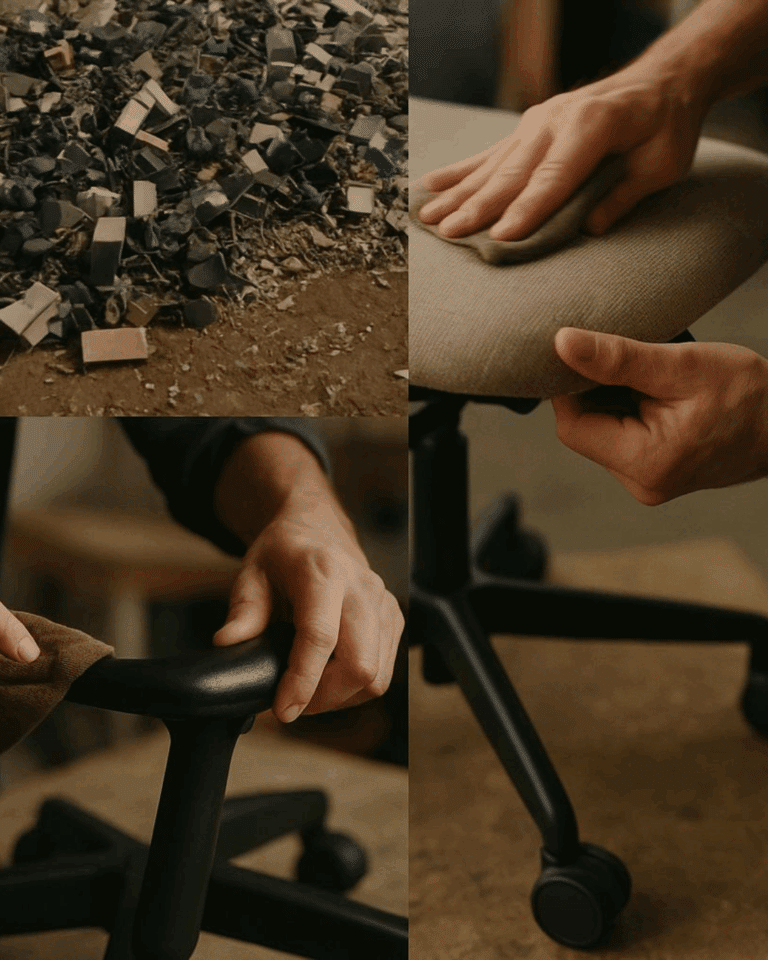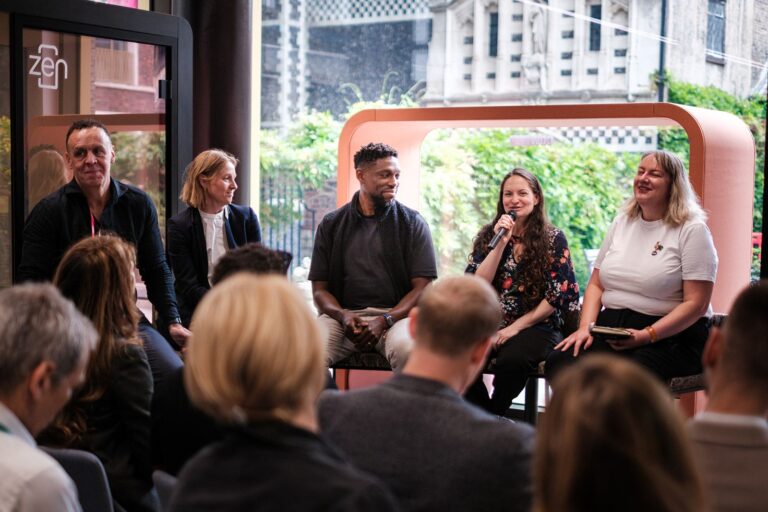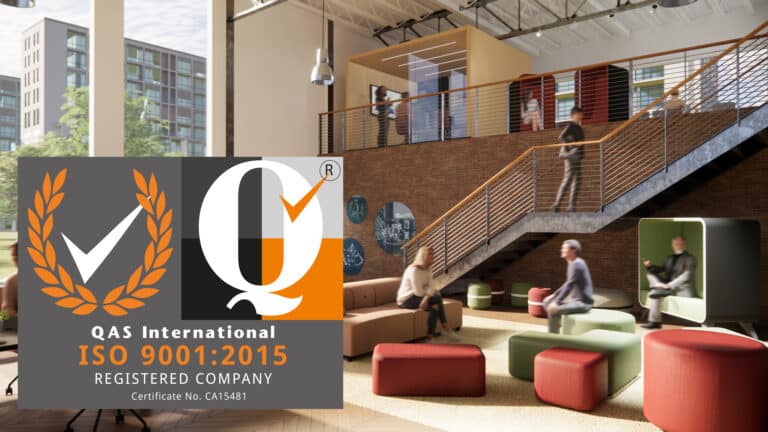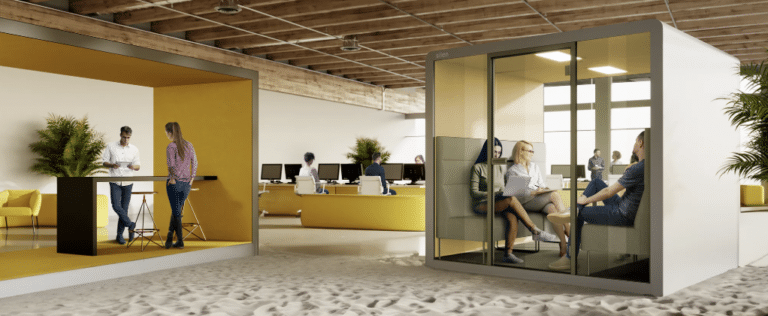In the short-term, there is no question that offices will have to make some effort to promote hygiene and cleanliness. But what about the long-term? When this pandemic has passed, will it have a long-lasting effect on how we approach office design moving forward?
In a survey, Dale Office Interiors conducted with 100 senior business leaders from across the country, the overwhelming answer was “yes”. Hygiene and cleanliness will go on to be either “very” or “extremely” important to businesses even after the pandemic has completely ended, according to the vast majority (91%) of respondents.
So, what long-term, wholesale changes can we expect in terms of the way we design our workspaces to better promote hygiene and cleanliness in a post-COVID world?
Working styles and office layout
According to the research, 71% of UK businesses are planning to permanently adopt the flexible working practices they have had to implement due to lockdown. Hot-desking may sound counter-intuitive and you may well be thinking this is the end of hot-desking; more people using one workstation sounds like a recipe for an office-wide epidemic, however this very inclination will improve desk cleanliness. Shockingly, the average dedicated desk has 400 times more bacteria than a toilet seat because they simply do not get thoroughly cleaned. A shared desk in conjunction with a clean down procedure, may actually prove more hygienic.
The layout of the office will also be adapted, enabling unidirectional flow to support social distancing and reduce contact points. The arrangement of main walkways and locations of key social and collaborative areas will also have to be planned.
Hands off approach
Good office design will reduce the total number of doors outright within an office space, replacing them with clever alternatives such as chicanes and privacy walls to divide up space while still
promoting good acoustics. Where doors can’t be simply swapped out, automatic sensors or pressure plates will play a role in improving cleanliness. Where budget is restricted, we will see more doors with mechanical opening mechanisms operated by foot pedal, and even more basic doors with ergonomic ‘handles’ designed to be opened with the arm.

GROHE Bau Cosmo E taps use infra-red sensors for touchless operation.
It’s not just the doors that will change in the office toilets. You can expect to see far more integrated tech to limit touchpoints, automatic flushing toilets, as well as gesture-controlled dispensers and water taps.
On an average morning, before we even enter the office, we have already come into contact with an enormous number of bacteria, especially if we use public transport to get to work. When we get to the office, we regularly touch several shared objects like the entrance door, printers, kettles etc. The average office printer in a medium-sized business gets touched a whopping 300 times per day.
This is why we see office lobbies in the long term having integrated sink areas to promote a ‘clean hands’ process before entering the office, for both employees and guests. Interior design will be critical here in terms of implementing wash stations into high-risk areas such as canteen and kitchen areas, utilising hallway space to integrate handwashing facilities, whilst also serving as a design feature that denotes the transition into a high-risk hygiene area.
Technological advances
Technology can support cleanliness both directly and indirectly. Things like choosing Wi-Fi over cables can eliminate the kind of hard-to-clean nooks and crannies that microbes love. Gesture and voice-activated technology can directly eliminate chances for viruses and bacteria to spread. We’re all familiar with voice-operated technology, and we can expect to see Alexa for Business
become more commonplace. We’ve seen some luxury cars use gesture activated technology to control radio volume – this tech has not yet found its way to the office space, but it could be used to select floors in an elevator and turn on lights.

Micromaterial and anti-microbial fabrics, walls and floor coverings can easily be implemented to improve the general hygiene of the workplace, so we can expect to see a rise in demand and supply of these types of materials. We see task chairs and soft seating being upholstered using the likes of Camira’s Halcyon range of antimicrobial fabrics. We also see the use of anti-microbial coatings being considered on handrails and key touchpoints in the office environments to limit the transfer and spread of viruses and bacteria.
COVID-19 has caused so much concern worldwide because of how contagious the virus is, and how it can easily spread through physical contact and via inhalation. The latter is perhaps most concerning, because while we can control what we touch to some degree, we can’t choose what air we breathe.

Because of this, designers are going to have to start considering ventilation in their office designs. Most businesses only have a central heating system and air conditioning, which, while helping control temperature, does nothing to improve air quality. HVAC systems that bring in fresh air from outside while removing stale air from inside an office, as well as controlling temperature and replenishing oxygen levels, aren’t seen very often because, frankly, they’re expensive. Designers will have a duty to explain the benefits of such systems to clients moving forwards.
And of course, there will be many more trends and changes too innovative and ingenious to anticipate. The working world is not going to return to how it was, it’ll be cleaner, safer and generally better, and that’s one of the few positives to come out of the COVID-19 pandemic.
Please, feel free to read the whole article online – HERE






